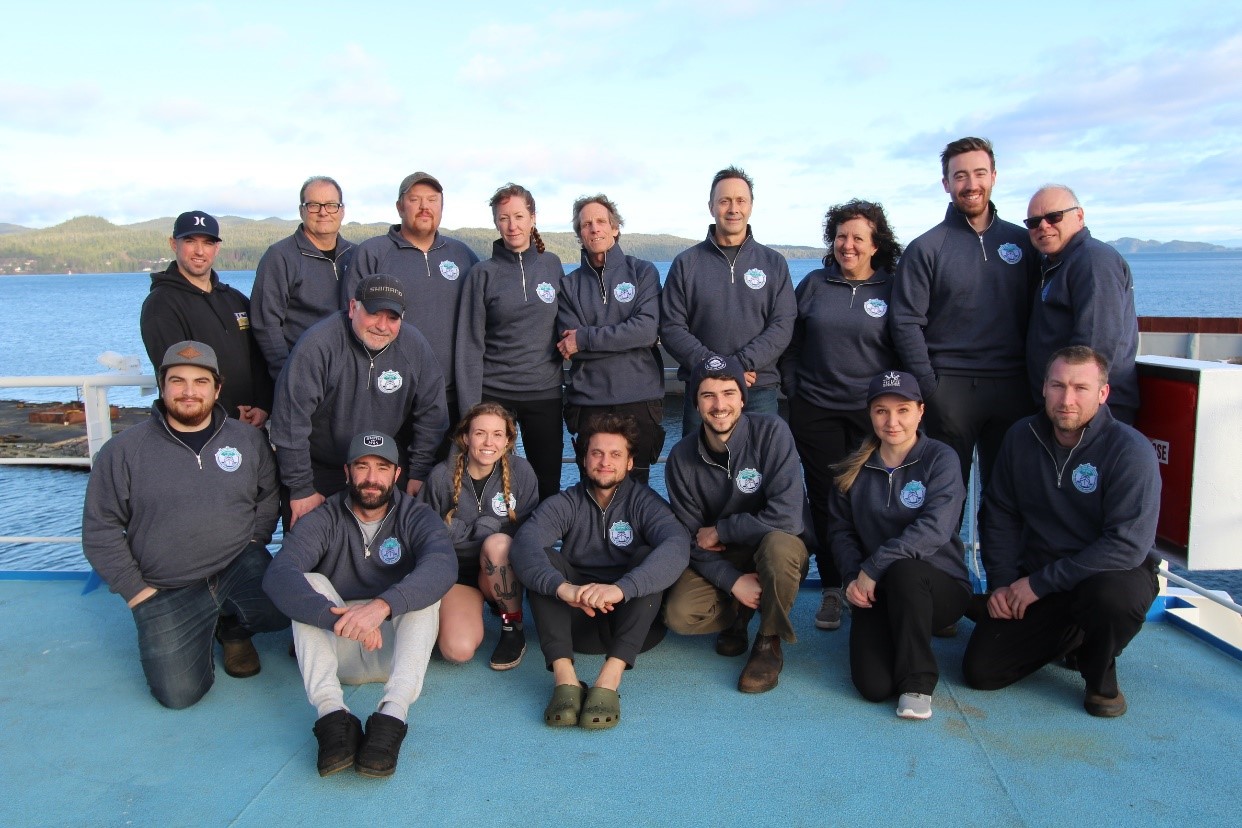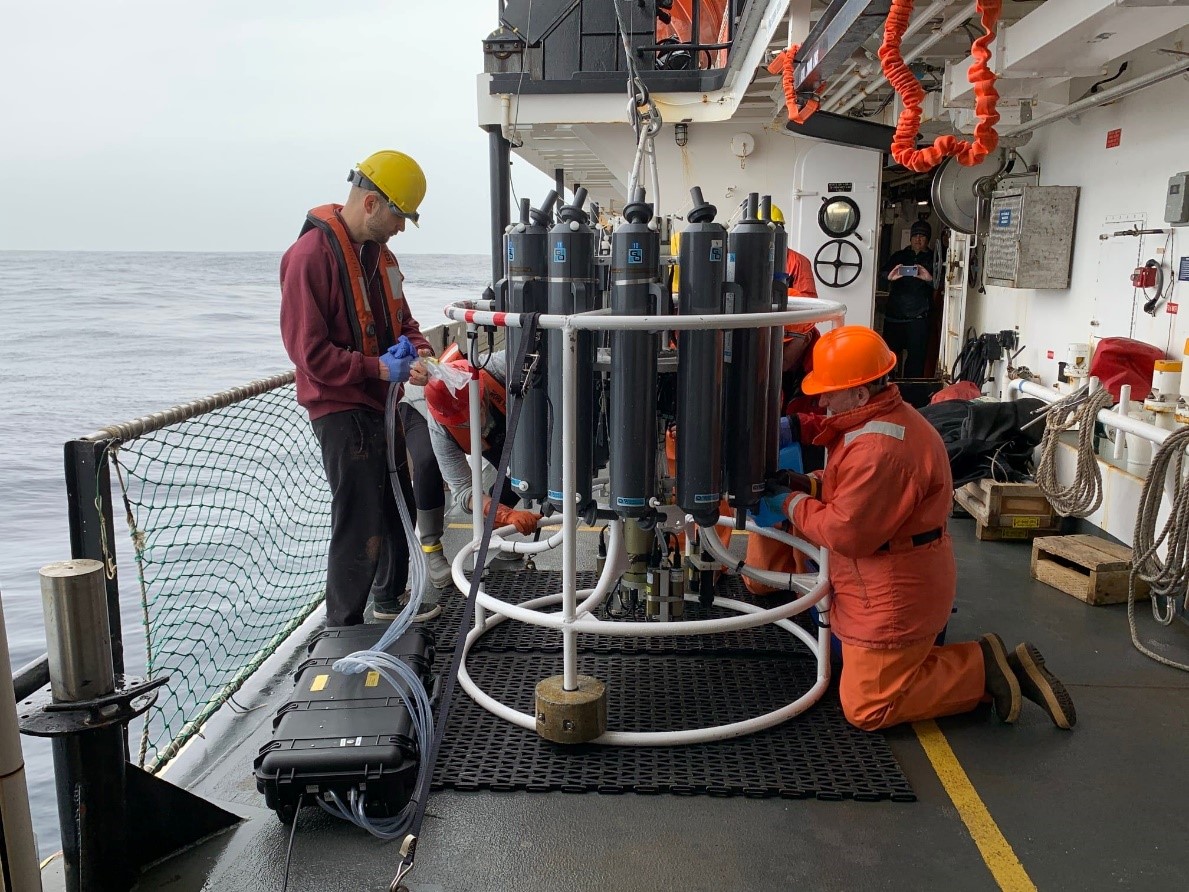What happens to salmon in the open ocean significantly affects their overall survival and returns. It makes sense as salmon spend the majority of their lifecycle there. However – until now – this period of their migratory journey has remained a relative mystery as open ocean research is expensive and challenging. The Pacific Salmon Foundation’s Gulf of Alaska Expeditions are an international partnership with Pacific Rim countries: United States, Russia, Japan and the Republic of Korea. Our findings there will help us better understand the consequences of future environmental conditions and extreme climate events, to ultimately improve forecasting and salmon management in a rapidly changing environment.

Salmon in the Gulf of Alaska
About a third of all Pacific salmon are thought to spend their winters in the Gulf of Alaska. Factors there can impact salmon from around the Pacific Rim. The Expeditions were organized by PSF Science Advisor, Dr. Brian Riddell and Dr. Richard Beamish, as a banner initiative of the International Year of the Salmon.
Objectives and Findings: 2020
It is believed that fish that grow faster, survive better and the ‘readiness’ of juvenile salmon to survive winters in the Gulf of Alaska may be determined during the first months at sea. The 2020 voyage tested this hypothesis. Meet the team and read about findings from that voyage here.
Objectives and Findings: 2022
Scientists from Canada, Japan, the Republic of Korea, the Russian Federation, and the United States have completed a late winter/early spring 2022 voyage. Organized through the North Pacific Anadromous Fish Commission (NPAFC), this effort was the first cross-Pacific study in more than 50 years and involved multiple vessels fishing simultaneously to study the distribution and health of Pacific salmon. In collaboration with NPAFC, PSF is also supporting an additional vessel to expand research, looking at factors such as potential competitors and predators for salmon in the open ocean.
Results are in from a huge environmental DNA (eDNA) survey for that year! The study spanned 2.2 million square kilometres of open ocean salmon habitat. Here’s what they found:
- Using only the DNA traces left behind by organisms in the water, scientists were able to detect species comprising the entire open ocean ecosystem around salmon, from algae to whales.
- The northeast Pacific consists of defined and differentiated species communities associated with the major oceanographic currents.
- Pacific salmon and steelhead are widely distributed and found across multiple communities, but show species specific patterns associated with their specialized ecologies.
- The first spring bloom of the year, triggered by unique conditions off the coast of Vancouver Island in March, was associated with a rapid congregation of all species of salmon and steelhead.
- Salmon were positively associated with prey species but negatively associated with specific harmful algae and jellyfish, species that are expected to become more abundant under climate change, which could be associated with recent chum salmon declines in BC.
Read the full study here – https://academic.oup.com/icesjms/article/82/7/fsaf104/8191734.

These studies will link to our findings from the Bottlenecks to Survival project as to give us a complete picture of what’s impacting salmon survival.
